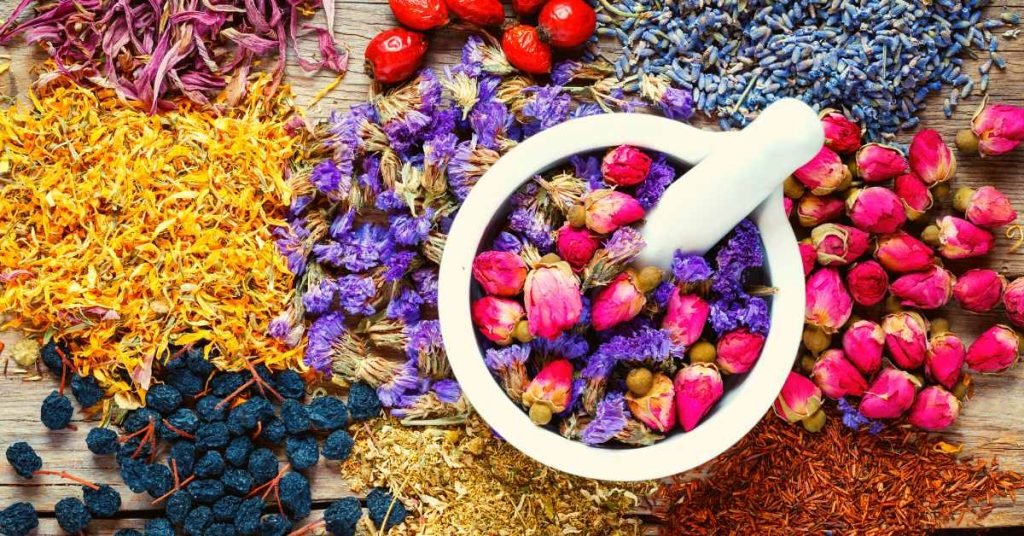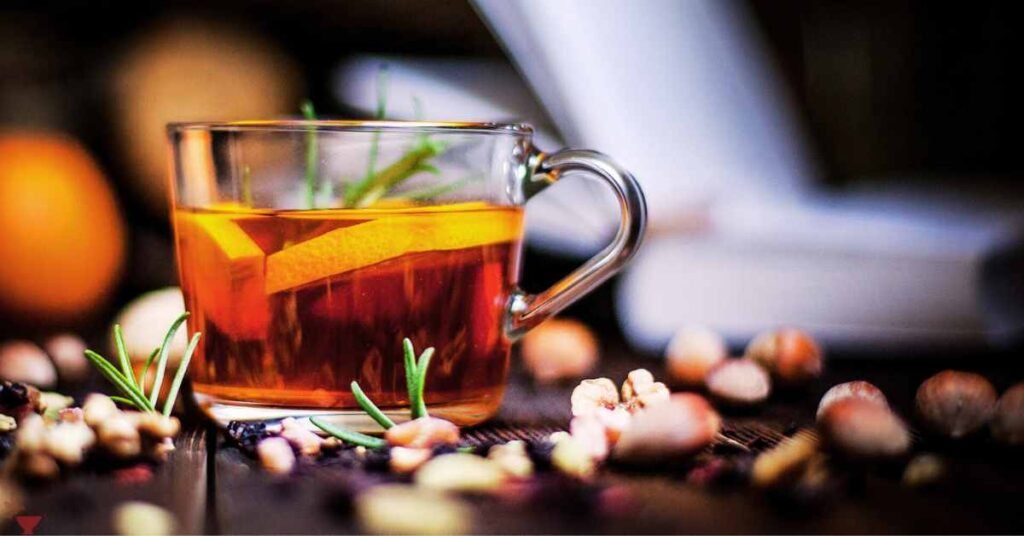Tea, the world’s second-most consumed beverage after water, has transcended its traditional roots to become a canvas for diverse flavors and health benefits.
Beyond the familiar realms of camellia sinensis, the tea plant, lie a myriad of ornamental plants that contribute not just aesthetics but a treasure trove of health-boosting properties to your favorite cuppa.
In this exploration, we’ll traverse the lush landscape of ornamental plants used in tea, unveiling the reasons behind their inclusion and the wellness wonders they bring to your teacup.
Chamomile (Matricaria chamomilla):
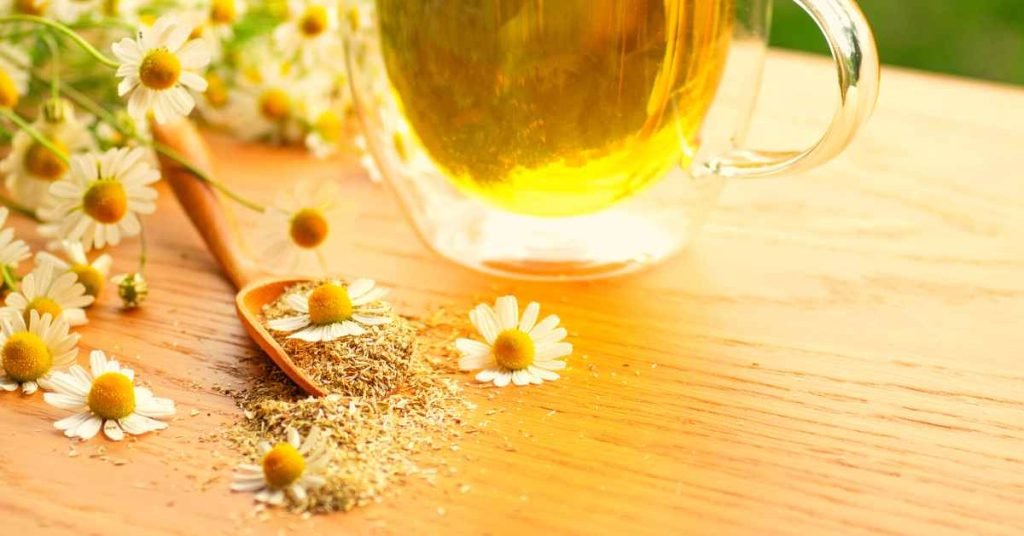
Known for its delicate, daisy-like flowers and a gentle, apple-like aroma, chamomile is a classic choice for tea enthusiasts seeking relaxation.
The benefits of chamomile tea extend beyond its soothing taste; it’s revered for its potential to alleviate stress and aid in digestion.
The plant contains antioxidants like apigenin, known for its calming effects, making chamomile tea an ideal companion for winding down after a long day.
Lavender (Lavandula angustifolia):
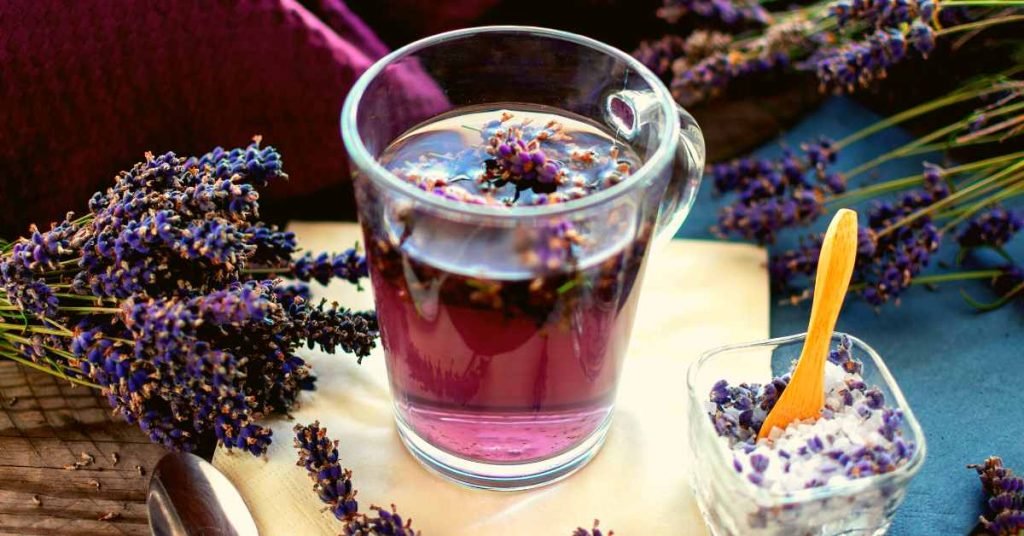
With its enchanting fragrance and distinctive purple blooms, lavender isn’t just reserved for sachets. Lavender tea, crafted from dried flowers, offers a delightful floral note to your tea ritual.
Apart from its aromatic charm, lavender tea is celebrated for its potential to ease anxiety and promote better sleep.
The plant’s compounds, such as linalool, impart a calming effect, making it a wonderful addition to your bedtime routine.
Mint (Mentha spp.):

The invigorating scent of fresh mint leaves is a familiar delight, and when transformed into tea, it becomes a refreshing elixir. Mint tea, often made from varieties like peppermint or spearmint, is a go-to for digestive support.
The menthol in mint helps relax muscles in the digestive tract, aiding in the relief of indigestion and bloating. Additionally, mint tea is a caffeine-free option for a burst of energy, making it a popular choice throughout the day.
Hibiscus (Hibiscus sabdariffa):
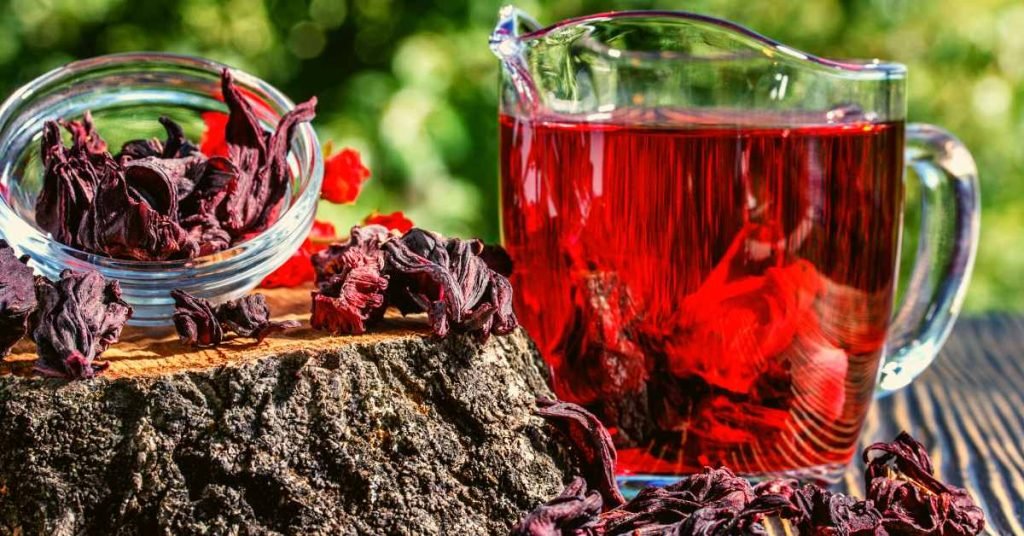
Already featured in our exploration of hibiscus tea, the vibrant petals of this ornamental plant contribute not only to its striking visual appeal but also to a plethora of health benefits.
Rich in antioxidants, hibiscus tea is known for its potential to support heart health by lowering blood pressure and cholesterol levels.
Its zesty flavor adds a tangy twist to your cup, making it a delightful choice for both taste buds and well-being.
Lemongrass (Cymbopogon citratus):
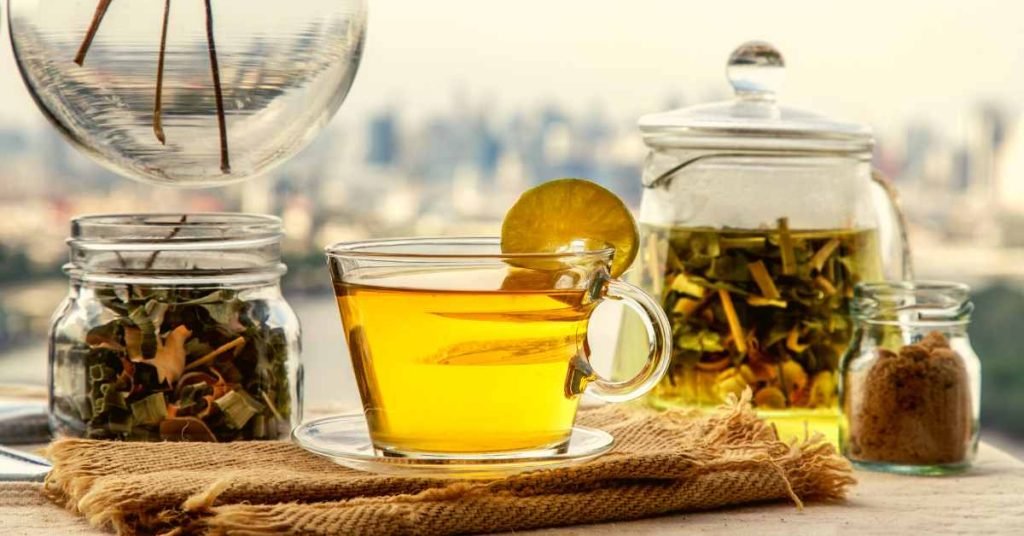
A staple in Southeast Asian cuisine, lemongrass also finds its place in the world of tea.
The tall, lemon-scented stalks yield a refreshing infusion that is celebrated for its potential to relieve anxiety and promote digestion.
Lemongrass tea is often consumed for its antimicrobial properties and is believed to support immune health. Its bright and citrusy profile makes it a favorite for those seeking a caffeine-free, uplifting option.
Rose (Rosa spp.):
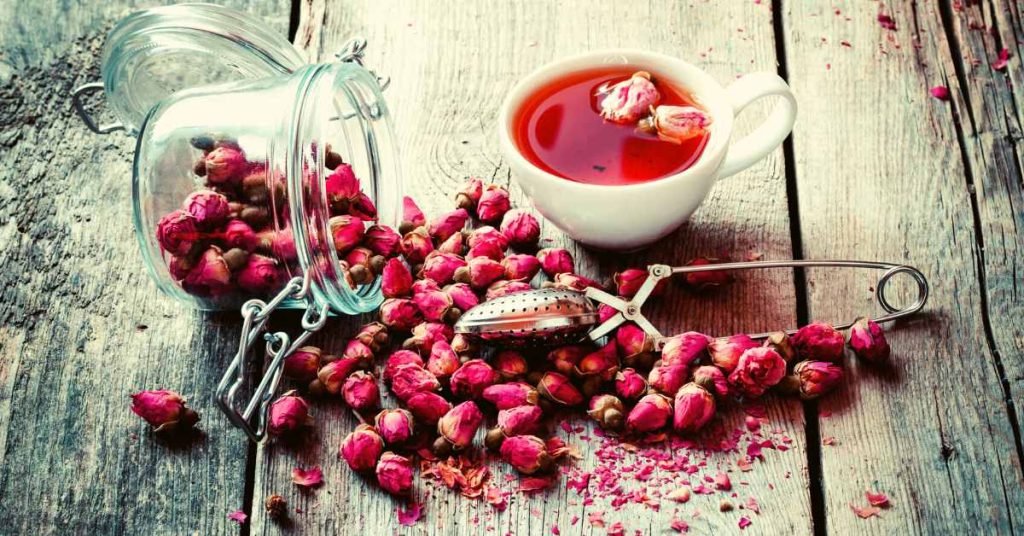
Symbolic of love and beauty, roses contribute more than just romance to the world of tea. Rose tea, crafted from the petals of various rose species, offers a fragrant and mildly sweet experience.
Beyond its elegant flavor, rose tea is believed to have skin-enhancing properties, promoting a radiant complexion. The presence of antioxidants in rose petals adds to its appeal, contributing to overall well-being.
Final Word
As we journey through the enchanting garden of ornamental plants used in tea, it becomes evident that these blossoms and leaves are not merely for visual pleasure but for a holistic infusion of flavor and wellness.
From the calming chamomile to the invigorating mint, each ornamental plant adds its unique touch to the world of tea, creating a symphony of flavors that not only delights the senses but also nurtures the body and mind.
So, the next time you sip on a cup of tea, consider the botanical dance within your mug and relish the harmony of taste and health that these ornamental plants bring to your teatime ritual.
MEDICAL DISCLAIMER
Itsnevernotteatime.com cannot and does not contain medical/health advice. The medical/health information is provided for general and educational purposes only and is not a substitute for professional advice.
